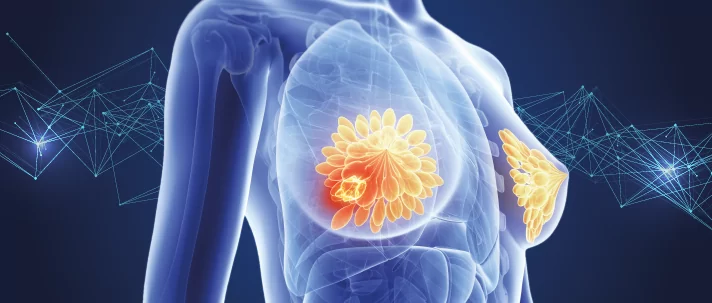
Cancer is identified as a group of diseases with abnormal cells that divide without control. Those cells can also attack nearby tissues. Stage zero breast cancer is not invasive, although it could be later. It’s to a lesser extent developed than stage one cancer.
There are two kinds of stage 0 breast cancer:
- Noninvasive Paget’s disease, is an uncommon form of breast cancer in the nipple.
- Ductal carcinoma in situ (DCIS). This is what most individuals mean when they speak about stage 0 breast cancer. The unusual cells are still in your milk ducts and haven’t impacted the fatty tissue that makes up most of your breast. There’s no reputable cause, and most people don’t have any indications, though you may notice a lump or bloody discharge from your nipple. The abnormal cells may or may not become aggressive and start to grow. There’s no way to predict if this will occur.
If you’re diagnosed with DCIS, your pathology report will be issued a grade. Nuclear grade three is the most likely to spread and nuclear grade one is the least likely. The doctor may also recommend that you get genetic testing done as well. It can reveal the changes in your genes that boost your breast cancer probability. Most experts will concur that you should get some type of treatment. Even though stage 0 cancer is noninvasive, that could easily change. One-third of the females with DCIS will likely get invasive cancer.
There are three primary treatment options:
1. Lumpectomy, a surgery that removes the abnormal cells and a little of the normal tissue near them
2. Lumpectomy and radiation
3. Mastectomy, a surgery that removes the whole breast
In stage one, this early stage, cancer either hasn’t spread past the breast or has spread in a very tiny amount to a lymph node. Surgery is the typical treatment for this stage. Since the tumor is small, you may have a lumpectomy — just the tumor and some of the tissue around it are removed. Some women get a mastectomy, in which the whole breast is removed. In either instance, the surgeon will take out one or more lymph nodes. Radiation therapy can eradicate cancer cells that were missed. It’s commonly given after a lumpectomy. Women with stage one cancer who have a mastectomy occasionally need radiation, too.
Chemotherapy post opt can reduce the risk of the cancer returning. These drugs strike cancer cells. Women who have had larger tumors removed are more probable to get chemo.
Hormone therapy is a good option after surgery for women who have tumors that use hormones to grow, called hormone receptor-positive cancer. Medicine can help prevent tumors from getting hormones. Women who haven’t gotten menopause may consider having their ovaries taken out to avoid making hormones that help cancer grow.
Targeted therapy is a newer treatment. About 20% of women with breast cancer have a lot of a protein known as HER2 which can often make cancer spread quickly. Trastuzumab (Herceptin) is a drug that’s been approved to treat women with HER2-positive cancer. It stops this protein from making cancer spread and makes some chemotherapy more efficient. Other drugs that may be used are pertuzumab (Perjeta) and neratinib (Nerlynx).
Click The Link to Learn More About Nevada Partners.
Retrieved on September 5, 2022, from: https://www.webmd.com/breast-cancer/stage-1-treatment-options, https://www.webmd.com/breast-cancer/breast-cancer-early-stage-dcis
